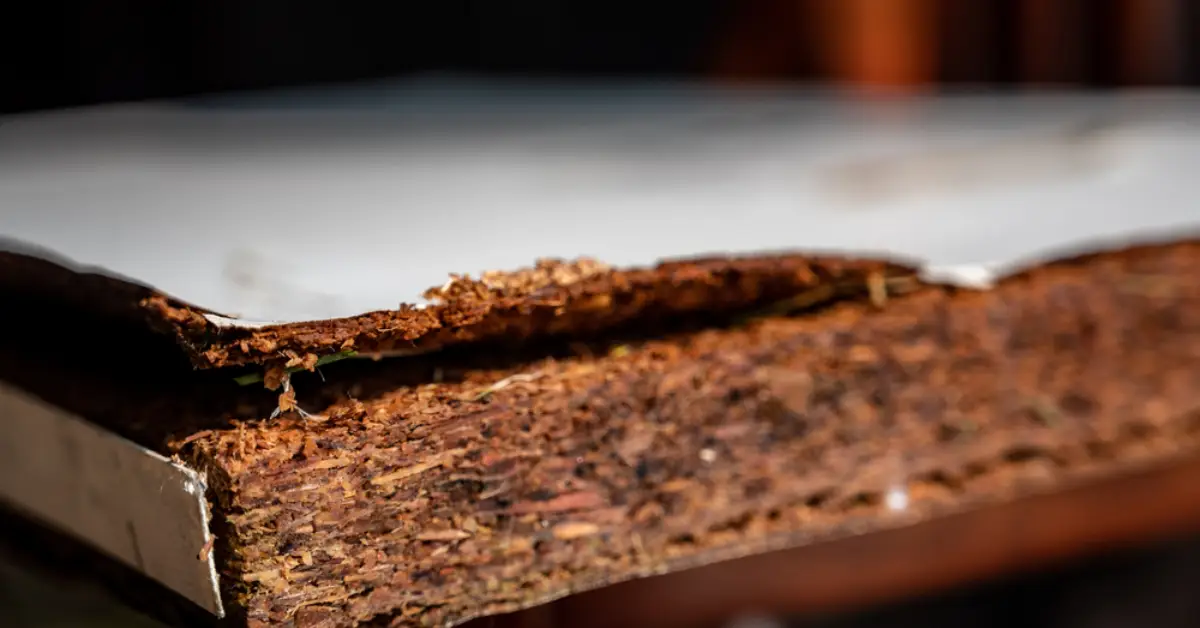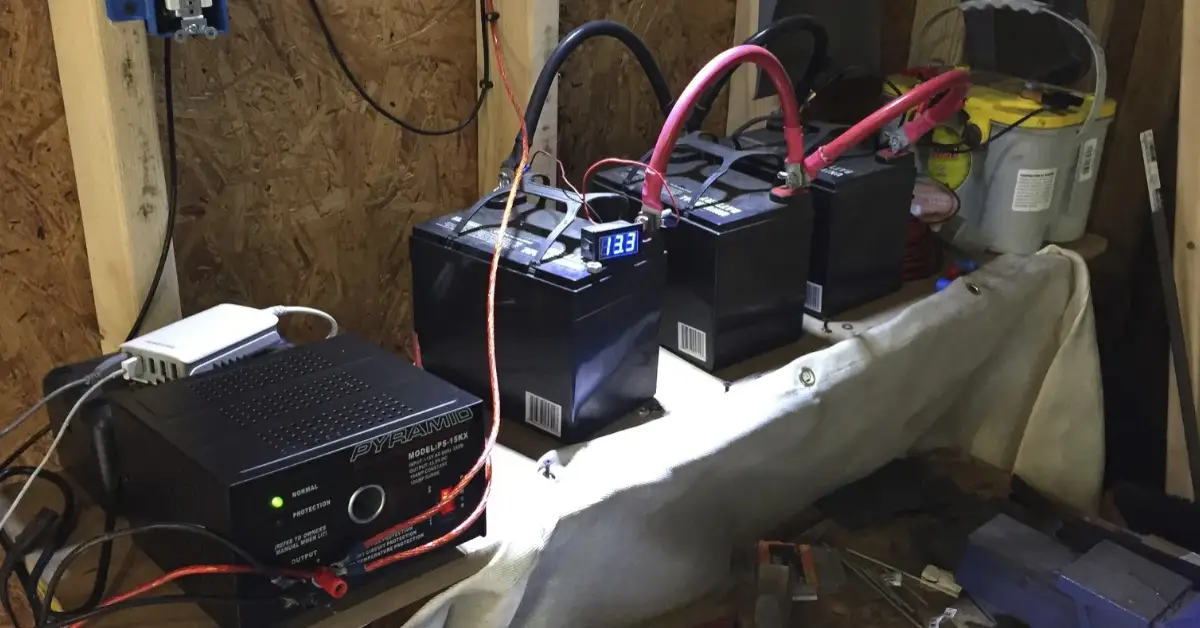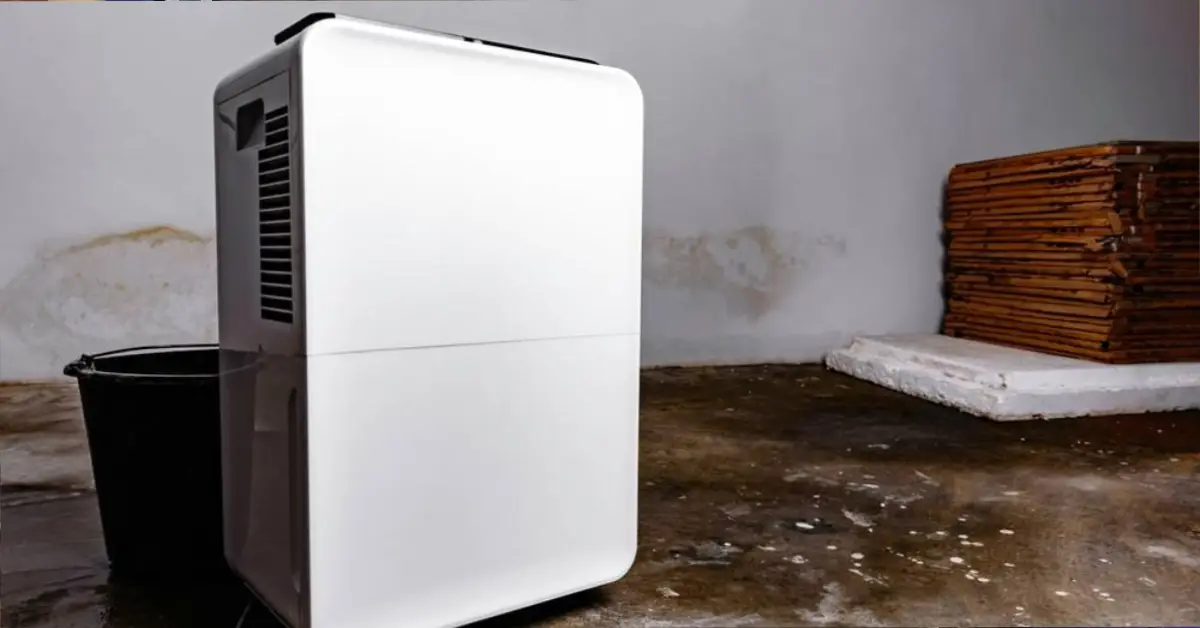Stop Storing These 9 Everyday Items in Your Garage Before It’s Too Late
I used to treat my garage like a second storage room — a place where everything I didn’t need inside the house could live indefinitely. Old paint cans, camping gear, winter coats, even a small fridge sat tucked in the corner. It felt harmless… until I started noticing things warping, leaking, and smelling a little off. That’s when I realized the garage isn’t as safe as it looks.
The truth is, your garage goes through wild temperature swings and constant moisture changes. In summer, it can feel like an oven. In winter, it’s practically a freezer. Add in poor insulation, chemical fumes, and the occasional pest, and you’ve got a recipe for quiet damage most of us never see coming. What seems like smart storage today can slowly ruin your stuff — or worse, put your safety at risk.
Over the years, I’ve learned there’s a clear line between what can go in your garage and what absolutely shouldn’t. In this guide, I’ll walk you through nine everyday items that might seem fine to keep out there but can actually cause big problems over time. Some of these will surprise you, especially if, like me, you’ve been using the garage as a catch-all space.
Before you look around and think, “But mine’s organized,” take a moment. This list might just save you money, time, and a few hard lessons.
The Hidden Risks Lurking in Your Garage
I used to think of my garage as a dry, sturdy space — concrete floor, metal door, and a roof over it. Safe enough, right? Turns out, it’s one of the most unpredictable environments in any home. The more I paid attention, the more I realized how extreme the conditions really are.
Garages go through daily cycles of heat, cold, and humidity that no indoor room ever faces. On a summer afternoon, the temperature inside can shoot up 20–30 degrees higher than the rest of your house. By night, it can drop back down to near-outdoor levels. That constant expansion and contraction silently ruins almost everything you keep there — paint separates, wood warps, batteries leak, and fabrics start to mildew.

If you’ve ever noticed a musty smell, rusted tools, or sticky paint cans, that’s your garage telling you it’s too unstable for storage. What’s really happening is simple science — warm air holds moisture, and when temperatures fall, that moisture condenses on every cool surface it can find.
Here’s what that means for your stuff:
- Wood furniture expands and cracks, especially along joints and edges.
- Electronics and appliances short out when condensation builds inside circuits.
- Paper, cardboard, and fabric attract pests once humidity rises above 60%.
- Chemicals and paint cans separate or leak, releasing fumes that linger for months.
- Metal tools rust fast, even when “dry,” because of trapped moisture in the air.
Once I understood this, I stopped blaming “bad luck” for why things kept going bad in storage. It wasn’t about how neatly I stacked my shelves — it was the air itself working against me.
If you want to see how serious the temperature and humidity swings are in your own garage, the U.S. Department of Energy explains how these factors affect home environments and energy use in their detailed guide on Energy.gov. You’ll be surprised how quickly those shifts can damage even sturdy materials over time.
9 Common Items You Should Never Store in Your Garage
I used to think anything that didn’t fit inside the house could go straight into the garage — out of sight, out of mind. But after losing good tools, warped furniture, and even a box of childhood photos, I learned the hard way: not everything survives out there. Here are the 9 everyday things you should never store in your garage, no matter how safe they seem.
1. Paint and Chemicals
I used to line my paint cans along the wall, thinking they’d be fine in a cool corner. What I didn’t realize was that garage heat makes paint separate, harden, and sometimes even leak. The same goes for cleaning agents, pesticides, and automotive fluids.
When the temperature swings, the pressure inside these containers can build up and cause leaks — or in rare cases, explosions. According to the EPA’s official storage guidelines , volatile chemicals should always be stored in well-ventilated, temperature-controlled areas away from ignition sources.
If you’ve got leftover paint or solvents, move them to a utility closet or basement shelf instead — anywhere the air stays steady and cool.
2. Propane Tanks and Gasoline
This one’s a serious safety risk. Storing propane tanks or gas cans in your garage can be dangerous because both release fumes that are heavier than air — meaning they sink and linger near the floor. If there’s even a tiny spark, it can ignite instantly.
Where to store instead:
- Keep propane tanks outdoors, upright, and on a flat, shaded surface.
- Store gasoline in a shed or detached structure with proper ventilation.
Never put them near heaters, dryers, or outlets. I once made that mistake with a lawnmower fuel can, and the smell alone was enough to make me rethink everything.
3. Paper Goods and Files
Old tax files, books, or paper towels might seem harmless in boxes — until you find mouse droppings and silverfish crawling through them. Paper absorbs moisture and becomes a pest magnet fast.
Garages are among the top three entry points for rodents because they offer warmth, clutter, and easy hiding spots. So if you’ve got boxes of paperwork or spare toilet rolls stacked out there, move them indoors or into sealed plastic bins.
4. Clothing and Fabrics
Those extra coats, blankets, or kids’ clothes you planned to “store for later”? They’re at risk too. Garages trap moisture, and that damp air breeds mold and mildew. Even sealed boxes can’t protect fabrics for long.
If you’ve ever opened a bin and caught that musty smell, it’s not your imagination — it’s the fabric breaking down. Always store clothes in vacuum-sealed bags or inside the house, where temperatures stay stable.
5. Wooden Furniture
Wood is one of the first things to suffer in a garage. It expands when it’s humid and contracts when it’s dry, leading to cracks, splits, or warped legs. I once kept an old dining table in my garage for “just a few months.” Six months later, the joints had separated, and the surface felt rough like sandpaper.
If you’re saving wooden pieces, wrap them in breathable covers and store them somewhere climate-controlled — not against a cold cement wall or near a garage door.
6. Food or Pet Food
This one surprises people the most. Storing pet food or pantry goods in the garage is basically an open invitation for mice, ants, and roaches. Even sealed bags aren’t safe — pests can chew right through them.
7. Electronics and Batteries

Garages might seem like a fine place to stash that old laptop or box of cables, but electronics hate moisture and heat. Condensation builds up on internal parts, causing corrosion or short circuits.
The same goes for batteries — they can leak, swell, or burst when exposed to high temperatures. I once found a corroded flashlight battery fused to the metal case after one summer in storage. That was enough proof for me.
8. Paintings, Photos, and Collectibles
Any item with paper, ink, or paint is especially vulnerable in a garage. High humidity can blur ink, fade colors, and warp frames beyond repair. That includes family photos, posters, vinyl records, and even comic books.
If something has sentimental or collector value, store it in a climate-controlled space — think home office, hallway cabinet, or even under-bed storage. Garages might feel secure, but they slowly erase history.
9. Fridge or Freezer (If Non-Garage-Rated)
Here’s a sneaky one most people don’t realize. Standard fridges and freezers aren’t built to handle extreme temperatures. When it gets too hot, they overwork and waste electricity; when it’s too cold, they stop cooling properly.
Many of us store these things in garages because it feels convenient. But when you step back and see how temperature, humidity, and air quality affect them, it’s clear: the garage isn’t storage — it’s survival training for your stuff.
Why Temperature and Moisture Are the Silent Killers
If there’s one thing I’ve learned about garage storage, it’s this: temperature and moisture don’t just damage things — they quietly destroy them from the inside out. You might not see it happening, but the process starts at the molecular level.
Here’s what’s going on. Warm air can hold more moisture than cool air. When the temperature inside your garage suddenly drops — say, after sunset — that warm, moisture-heavy air cools and releases water as condensation. That’s why you’ll sometimes find tiny beads of water on metal tools, paint cans, or even electronics the next morning.
Over time, that repeated cycle of heating and cooling causes:
- Rust on metal and corrosion on wiring.
- Paint separation in sealed containers.
- Mold spores to thrive on cardboard and fabric.
- Wood expansion that splits joints or warps boards.
The key factor here is something called the dew point — the temperature at which the air becomes saturated and moisture starts to condense. Once your garage air crosses that point, everything inside starts to absorb moisture or develop surface water.
You don’t need to be a scientist to track this. I keep a small humidity sensor near my workbench — it cost less than $20 and tells me the exact humidity and temperature at any time. When it creeps above 60%, I know to turn on ventilation or move sensitive items indoors. If you often struggle with drafts or heat sneaking through the garage door, check out these garage door weatherproofing hacks — they’re simple fixes that help you seal out moisture, balance temperatures, and keep your storage safer all year round.
If you want a deeper look at how moisture levels impact materials and home energy, Consumer Reports has a great explainer on humidity control.
It’s simple but powerful knowledge — because once you understand what humidity really does, you’ll never store the wrong thing in your garage again.
The Smart Storage Alternatives That Actually Work
When I first cleaned out my garage, I didn’t just throw everything away — I rethought how to store things smarter. Here’s what I learned works best if you want to keep your items safe without losing convenience.
Use Indoor Closets or Climate-Controlled Sheds for Valuables
Anything sensitive to temperature swings — like electronics, documents, or collectibles — belongs indoors. Even a hallway closet or laundry cabinet is better than the garage. If you need outdoor space, a small climate-controlled shed is a solid investment. It keeps airflow steady and moisture out, saving you hundreds in ruined belongings.
Invest in Wall Racks, Sealed Bins, or Overhead Shelving
For items that can stay in the garage, like tools or sports gear, use wall-mounted racks or heavy-duty plastic bins with tight lids. Keep them off the floor, away from concrete, and organized by use. I started using clear bins labeled by season — “summer tools,” “car wash gear,” “holiday lights” — and it completely changed how I find things.
If you’re short on space, consider overhead shelving for light items or foldable racks that can expand as needed. Just remember: airflow is your friend. The more you lift things off the ground, the less chance they have to trap moisture.
Check Insulation or Install a Dehumidifier for Partial Fixes

You don’t have to remodel your garage to make it safer. Simple steps like sealing wall gaps, adding a door sweep, or using foam insulation panels can stabilize temperature dramatically. And if humidity’s the main culprit, a small dehumidifier does wonders — especially during summer months.
I use one with an auto-drain hose, so I never have to empty it. The air feels fresher, tools stay clean, and that musty smell disappears within days.
And if you’re battling extreme summer heat, these affordable garage cooling hacks can make a huge difference without adding an AC — helping your tools, paints, and furniture last years longer.
Why this works: Small changes in how you store things can prevent years of damage. Whether it’s moving your valuables inside or improving airflow, you’ll notice your garage feels more functional — and a lot less like a forgotten dumping ground.
What’s Actually Safe to Store in a Garage
After hearing about all the things you shouldn’t keep in a garage, it’s easy to wonder if anything belongs there at all. The good news is, some items handle the conditions just fine — as long as you store them the right way.
Over the years, I’ve learned that a few categories are perfectly safe:
- Tools and hardware: Wrenches, drills, nails, and screwdrivers do well if kept dry and organized on a wall rack or pegboard.
- Sports gear: Bicycles, golf clubs, and camping equipment hold up nicely when hung or stored in bins.
- Car care products: Motor oil, windshield washer fluid, and antifreeze are built to handle temperature swings — just keep them sealed tight.
- Outdoor supplies: Lawn mowers, hoses, and garden tools are designed for the elements, so garages are ideal for them.
As lifestyle expert Martha Stewart points out on MarthaStewart.com, “The key isn’t avoiding your garage altogether — it’s knowing which materials can tolerate heat and which can’t.” That single line sums it up perfectly.
If you keep your garage clean, ventilated, and organized, it can still serve as valuable storage — just not for things that hate moisture or heat.
Seasonal Garage Safety Checklist
I’ve found that maintaining a garage isn’t about one big clean-out every few years — it’s about small, seasonal habits that keep everything in shape. You can even print this list or pin it near your workbench as a quick reminder.
Every season, take ten minutes to check these basics:
- Run a temperature and humidity test for one full week. Use a basic thermometer or digital sensor to track how extreme the swings get.
- Inspect for leaks or pest droppings at least once every quarter. Look behind boxes, near the door seals, and around the water heater. While you’re at it, it’s also smart to review your garage’s entry points. Simple upgrades like better locks and motion lights can make a big difference — here are 7 smart ways to protect your garage from burglars that every homeowner should know.
- Reorganize before summer and winter. Move sensitive items indoors before the hottest and coldest months, and sweep out dust or leaves while you’re at it.
- Check electrical cords and outlets for signs of corrosion or brittleness.
- Wipe down metal surfaces to remove any starting rust before it spreads.
These tiny check-ins prevent the slow damage that ruins stored items — and they take less time than finding a replacement for something you lost to heat or moisture.
Keeping your garage safe isn’t complicated. It’s about awareness — and a few steady habits that protect what you already own.
Wrapping It Up: Rethink Your Garage, Protect Your Home
When I first started paying attention to what I was keeping in my garage, I was honestly surprised by how much damage was happening in silence. The biggest shockers? Paint, which can spoil or leak without warning; electronics, which corrode just from condensation; and even that old freezer, which quietly racks up your energy bill while barely cooling at all.
Your garage isn’t the enemy — it’s just misunderstood. Once you know how heat, humidity, and airflow really work, you can make smarter choices about what belongs there and what doesn’t. And trust me, your future self will thank you when your paint cans still look new, your tools aren’t rusting, and your space actually smells clean.
So here’s a little weekend challenge: Take an hour, grab a flashlight, and walk through your garage. Pull out the paint, old files, or that box you’ve been ignoring for months. Check for anything that shouldn’t be there — and give your space a real chance to stay organized and safe.
If this guide helped you see your garage in a new light, I’d love to hear about it. What’s the strangest thing you’ve found ruined in your garage? Share your story in the comments below — your experience might just help someone else.
For more practical home advice, safety tips, and smart renovation ideas, visit Build Like New, where we help you make every part of your home work better for you — starting with the garage.
Disclaimer: This article is for general informational purposes only. Always follow manufacturer instructions, safety labels, and local regulations when storing household items or hazardous materials.


